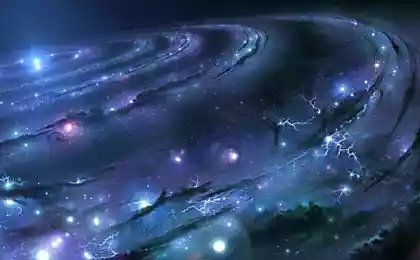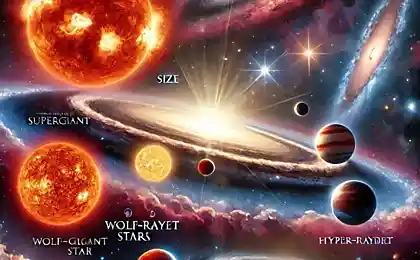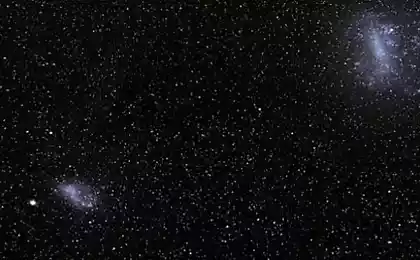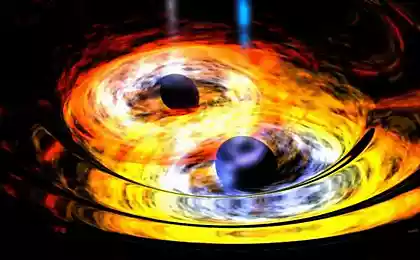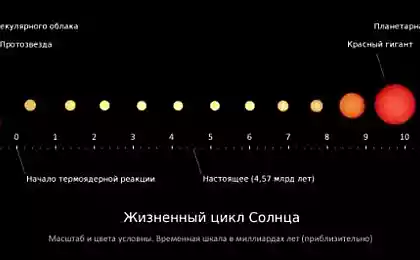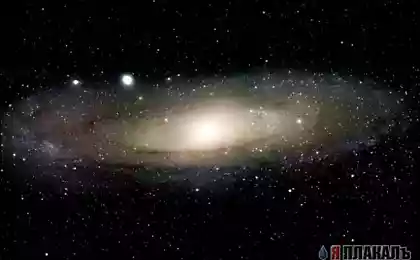1032
Astronomers: old stars give birth to new worlds

The stars, who were considered too old for new planets, it turns out, still can become homes for newborn worlds, according to new research
In the latest study, published in the journal Nature, used a new technique to measure the mass of the protoplanetary disk (areas where formed "germs" planets) around a star called TW Hydrae. The researchers found that the disk contains enough material to form a fifty-Jupiters.
One of the authors, Dr. Uma Gort from the Research Center of NASA Ames and the Institute SETI, said that the discovery is surprising because the age of the star is estimated at about 10 million years and, in theory, it should not be enough material within its disk to form a large-sized planet.
"This changes our understanding of how and where planets form around their stars," - says Horta.
When stars are born of the sealing of the molecular gas and dust clouds, they produce flattened protoplanetary disks containing material that is compacted, grows like a snowball, and gradually become the embryo of a planet.
Astronomers have concluded that most of this material in TW Hydrae somehow disappeared: or absorbed into another space object, or stellar winds blew in the first few million years of a star.
«TW Hydrae is located about 176 light-years from Earth, relatively close in astronomical terms - says Horta. - We have studied it for quite a long time: the star was interesting to us because of its protoplanetary disk has some sort of "gap", which probably means the process of planet formation. The amount of material contained in the disc, of course, difficult to measure, but now our technology make it possible to make this a fairly accurate representation. "
Antarctic ice core contains unique information about past climates
Cities change the temperature in the range of thousands of kilometers around
